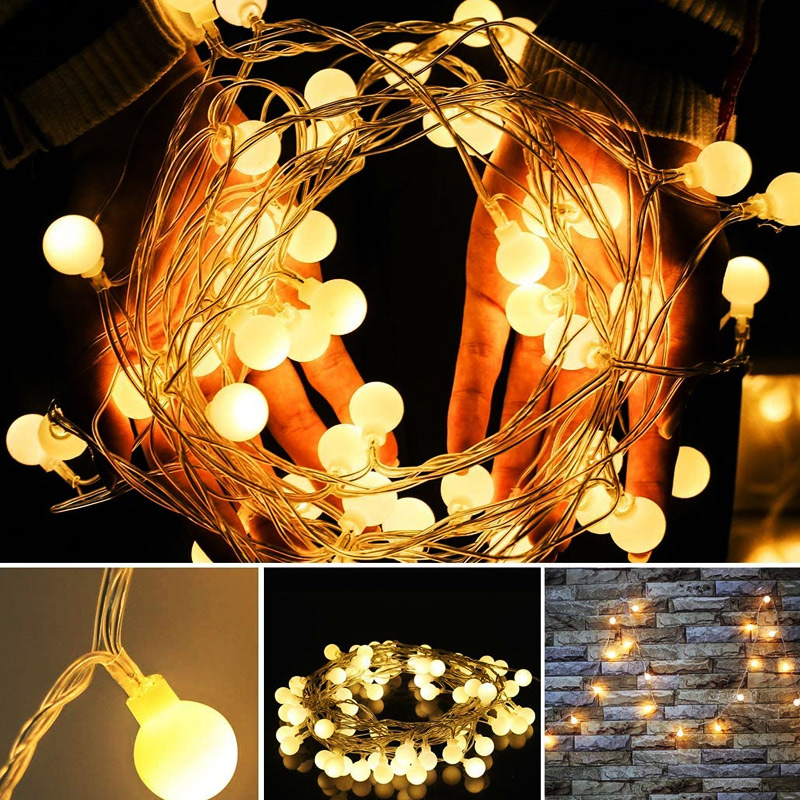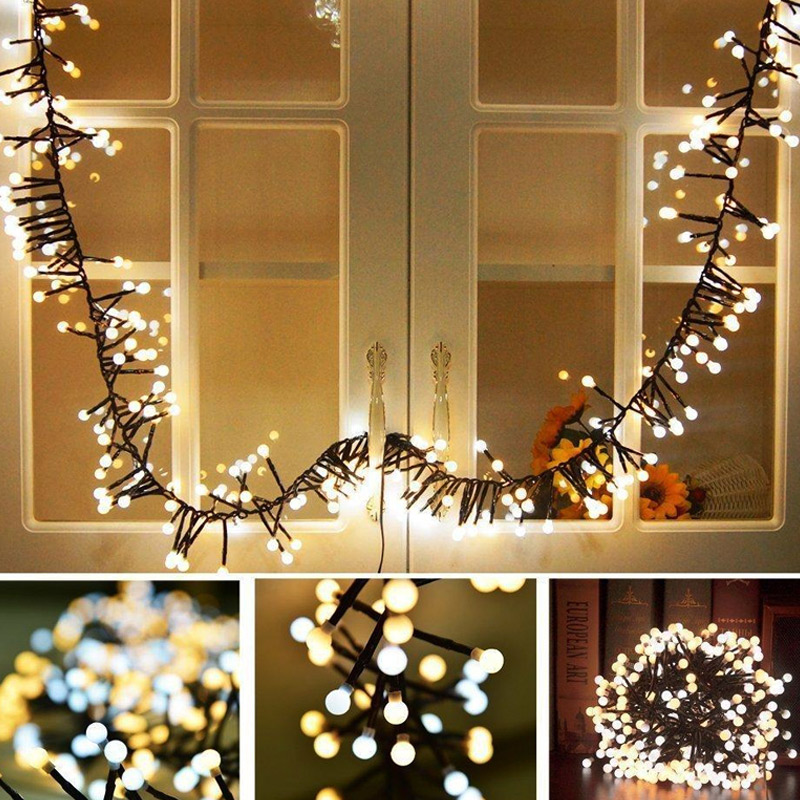Solar lights have become increasingly popular for outdoor lighting, thanks to their eco-friendly nature and cost-effectiveness compared to traditional electric lights. Harnessing the power of the sun, these lights provide illumination without relying on electricity from the grid, making them an attractive option for environmentally-conscious consumers.
Understanding Solar Light Lifespan:
A typical string of solar lights comprises three main components: the solar panel, rechargeable battery, and LED bulbs. Each component plays a crucial role in the overall longevity of the solar lights. The solar panel captures sunlight and converts it into energy, which is stored in the rechargeable battery. The LED bulbs then utilize this stored energy to emit light during the night.
LED Bulb Lifespan:
One of the key components of solar lights is the LED bulbs, known for their exceptional longevity. LED technology boasts a significantly longer lifespan compared to traditional incandescent bulbs, often lasting up to 10 times longer. This longevity not only reduces the frequency of bulb replacements but also contributes to energy savings and lower maintenance costs. Additionally, LED bulbs are highly energy-efficient, consuming less power while providing ample illumination, making them an ideal choice for solar lights.
Factors Affecting Lifespan:
Several environmental factors can impact the lifespan of solar lights. Exposure to extreme temperatures, excessive humidity, and prolonged exposure to the elements can accelerate wear and tear on the components. To maximize the lifespan of solar lights, it's essential to implement proper maintenance and care practices. Regular cleaning of solar panels to remove dust and debris, ensuring proper positioning for optimal sunlight exposure, and avoiding overcharging or deep discharging of the batteries are all crucial steps in prolonging the lifespan of solar lights.
Tips for Prolonging Solar Light Lifespan:
To extend the lifespan of solar lights, consider implementing the following tips:
Avoid overcharging or deep discharging of batteries to prevent damage.
Protect solar lights from extreme weather conditions by providing shelter or covering when necessary.
Perform routine inspections to identify any potential issues early on and address them promptly.
Replacement and Maintenance:
While solar lights are designed to be durable and long-lasting, components such as batteries and LED bulbs may eventually require replacement. When replacing batteries, opt for high-quality rechargeable batteries compatible with the specific solar light model. Similarly, when replacing LED bulbs, ensure compatibility and consider upgrading to newer, more energy-efficient options. Additionally, regular maintenance, such as tightening loose connections and inspecting for any signs of damage, can help prolong the lifespan of solar lights and ensure optimal performance.
The best Solar Light String wholesaler in 2024
If you want to get high-quality Solar Light String, but don't know how to order it, you might as well try gvlighting. As a professional LED light string supplier, gvlighting can provide you with high-quality products and services. Welcome to contact us for detailed ordering information!
Solar lights offer a sustainable and cost-effective lighting solution for outdoor spaces, with the potential for long-term savings and environmental benefits. By understanding the components that contribute to the lifespan of solar lights and implementing proper maintenance and care practices, users can maximize the longevity of their solar lighting systems. With careful attention to detail and proactive maintenance, solar lights can continue to illuminate outdoor spaces for years to come, providing both practical illumination and aesthetic appeal.


